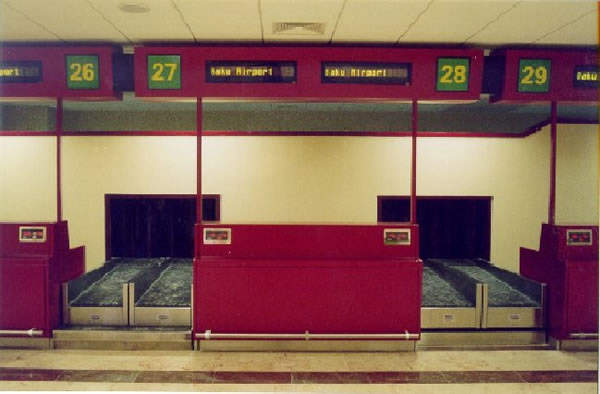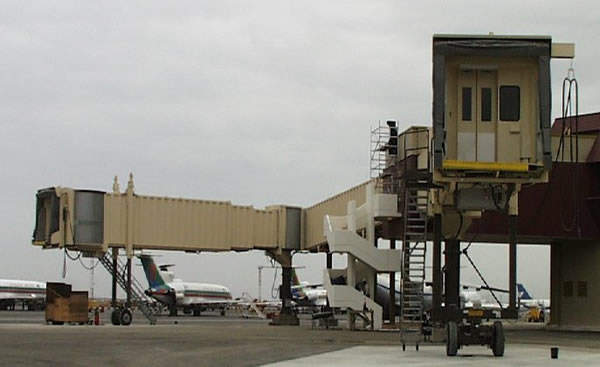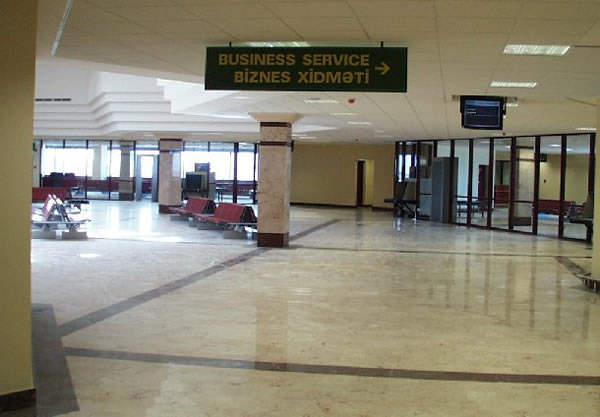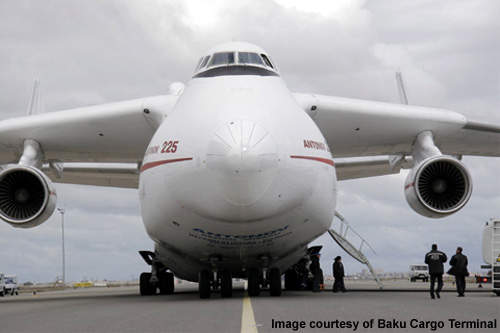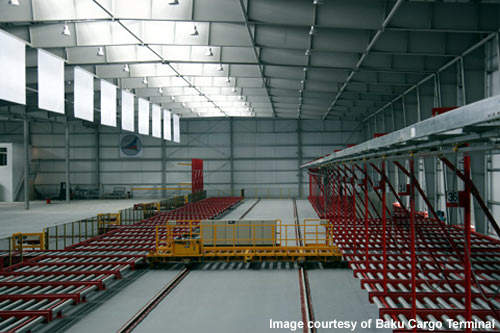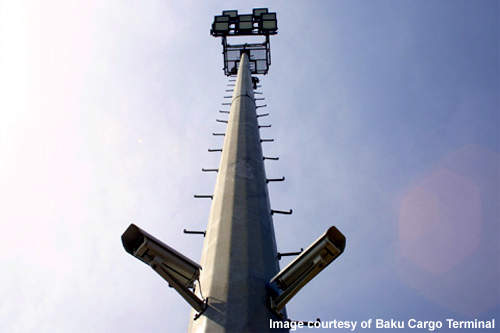The project to renovate Heydar Aliyev International Airport, formerly known as Bina International Airport, started at the beginning of 1998 and was completed in June 1999.
The building comprises four modules, which operate as two terminals (north and south). One of the terminals is used for domestic and CIS passengers and cargo, and the other terminal is used for international passengers and cargo.
There are two operating runways at the airport one is paved in asphalt (16/34 2,700m, 8,858ft) and the other is paved in concrete (18/36 3,200m, 10,499ft).
Heydar Aliyev International Airport is located in Baku, the capital and largest city of Azerbaijan. The city of Baku is close to major petroleum fields near the border with Iran. The airport is approximately 25km east from downtown Baku with a travelling time of approximately 40 minutes.
TWO PHASES OF AIRPORT RENOVATION
The airport renovation was split into two phases, with phase one involving the completion of two modules which comprises the north terminal, and the lobby to gate one. The work for phase one was completed in March 1999.
The second phase of the project comprised the completion of the two remaining modules, which form the south terminal and a central module that is used by AZAL as an administration and air traffic control centre.
The work for phase two was completed in June 1999. The renovation of the airport included extensive work on terminal systems like the baggage handling, flight information displays and a public address facility. Reconstruction also involved the upgrading of air-conditioning, water supply, heating and sewerage services.
In addition, the renovation of the airport terminals involved the installation of high and low-voltage distribution systems, passenger boarding bridges, aircraft docking guidance systems, lifts and escalators, X-ray and security equipment, and airport furniture and signs.
In the aftermath of several accidents (the last serious one with a B707 in 1995), the airport upgraded its navigational aids to improve safety for air traffic. The EBRD and the German Government was primarily responsible for financing these safety initiatives.
BAKU CARGO TERMINAL
The new Baku Cargo Terminal (BCT) was officially opened in March 2005. It was constructed to be a major cargo hub in the CIS and is actually now one of the biggest and most technically advanced in the region.
The construction of the $19m project was carried out by Khazar of Azerbaijan and the finance was raised by International Handling of the UK.
The cargo terminal is of a very high technical standard meaning that it can handle a wide range of difficult cargos: it has cooling rooms, strong rooms, X-ray equipment, radiation detection, dangerous good storage and state-of-the-art security (cargo is logged and tracked using a special computer software and scanner system called Antwork (developed by BCT) and there are over 150 security cameras).
The terminal building area is 12,000m² and the apron area is 163,000m². The apron area can handle nine Boeing 747 or AN124 aircraft or alternatively up to 15 IL76-s.
COMMUNICATIONS AND SAFETY
As part of the communications system upgrade at the airport Airsys Communications Technology of the UK built a new international standard telephone exchange at the airport to support telecommunications between the airport and the City of Baku.
Safety is now of paramount importance especially in ground handling, as more and more traffic uses the airport, so the runway is protected by a traffic radar system, a Raduga secondary radar and an Irtish aerodrome radar.
The airport ground handling is the remit of the ground handling joint venture company which was set up in 1999 between Azerbaijan Hava Yollari (the state-controlled company) and the International Handling Company of the UK. The ground operations at the airport are now much safer and fully compliant to international standards.
RATIONALE FOR THE RENOVATION OF HEYDAR ALIYEV INTERNATIONAL AIRPORT
The airport in Baku is the busiest in the Caucasus, and while extensive construction work was performed in the 1980s, the collapse of the USSR resulted in the suspension of most projects, with the two main terminals being left incomplete. Furthermore, the passenger facilities were sub-standard and needed to be improved.
The objective of the project was to upgrade the existing passenger facilities in the airport and bring them up to international standards. The work was to be carried out without the interruption of daily services at the airport. The airport is now fully in compliance with ICAO (International Civil Aviation Organisation) standards.
Azerbaijan Airlines (AZAL), the state-owned conglomerate that inherited the Aeroflot structure, also intends to develop Heydar Aliyev International Airport into the main regional hub for the CIS. There are several airlines that connect Baku to destinations all over the CIS.
LEADING CONTRACTORS
The design and project management work was carried out by British company APM Ltd and the building and civil works for the project by the Turkish consortium, Burc/Enka.
Thomson-CSF Airsys ATM was awarded a $19m contract to supply and install equipment for the renovation of the terminal building at Heydar Aliyev International Airport.

